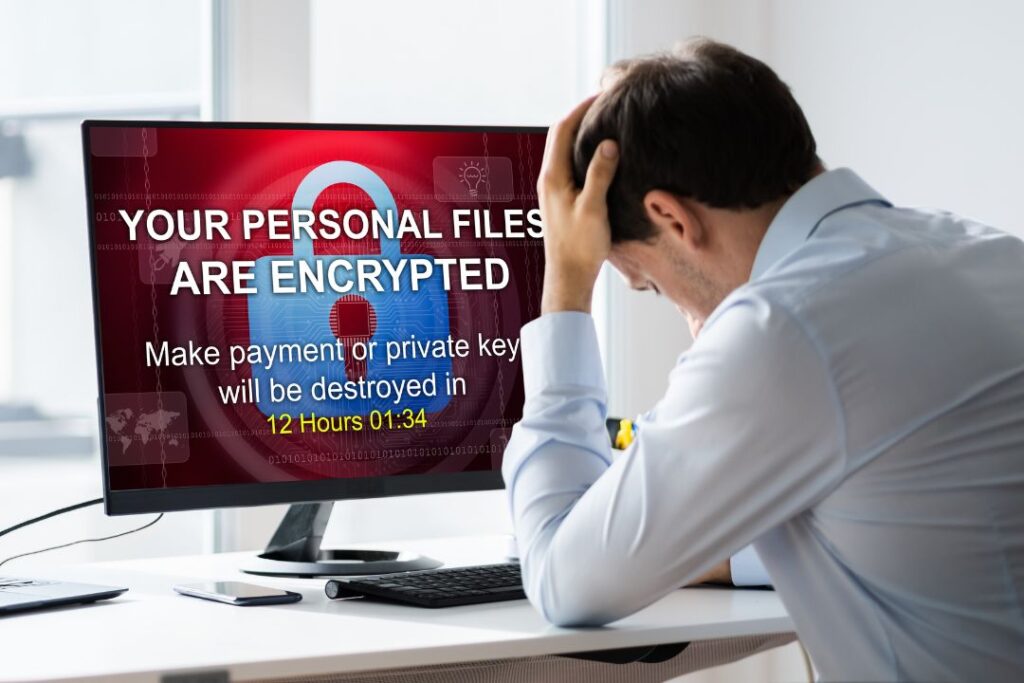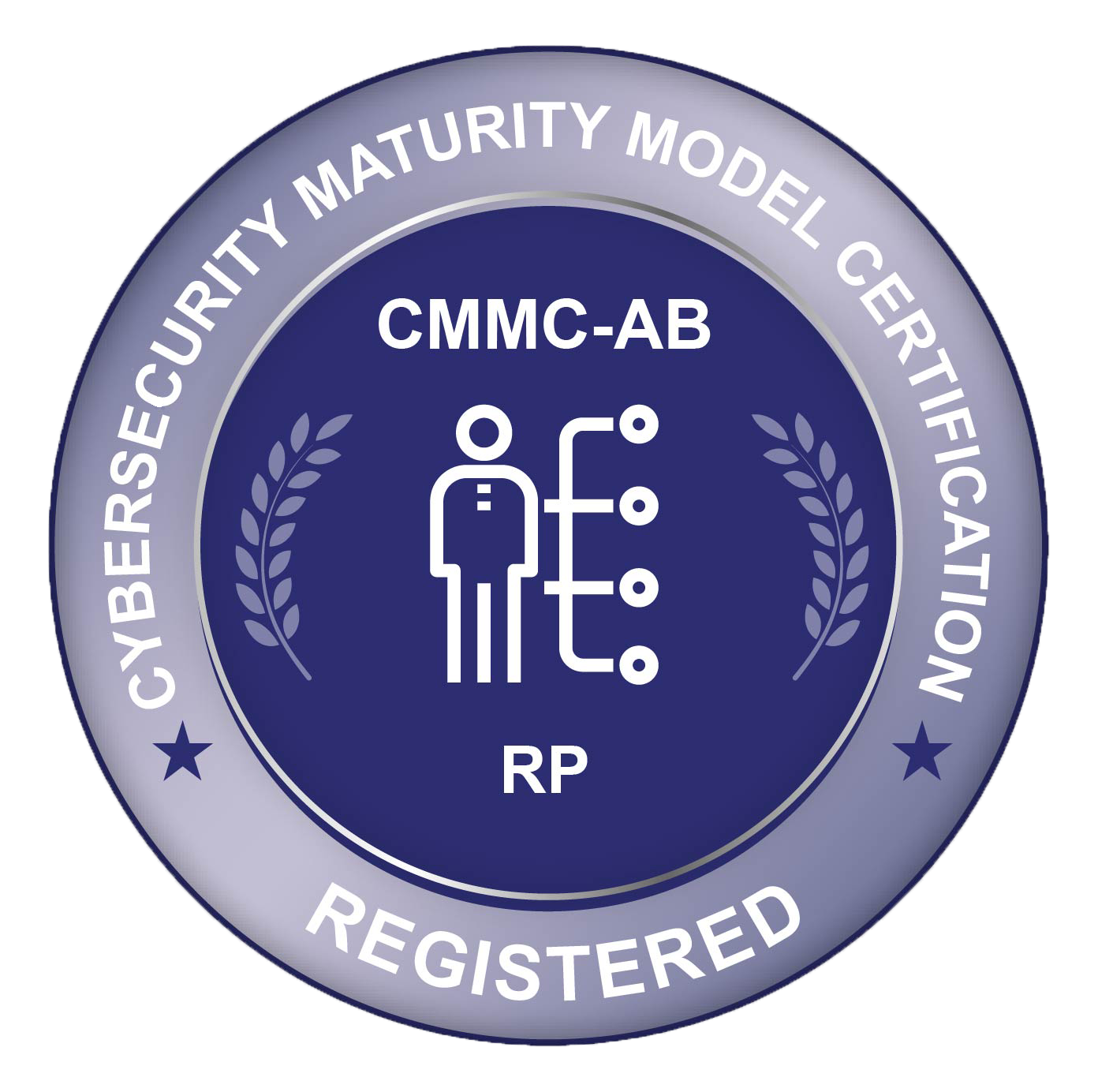How Are Malware Attacks Evolving and How Can We Stay Protected?

They say everyone needs antivirus, anti-malware, and spam protection. If you are confused about the differences, we can help. Visit our page comparing ANTI-VIRUS OR ANTI-MALWARE @ Phishing.
What is Malware, and How Did We Get It On Our System?
What is Malware? The simplest definition is malicious software. It’s a file or code delivered over a system that infects, explores, steals, and destroys. This code behaves in virtually any way.
Viruses are a type of Malware. In viruses, opening an infected file allows the malicious code to start. It then replicates itself and inserts itself into any vulnerable files. A virus requires a user’s action to begin its damage.
Almost all malware is spread by Email now. Very ingenious copywriters write Emails that encourage an immediate commitment or mislead fellow employees. Employees are led to take specific actions and click on the link in the Email. The Emails may look like order confirmation or shipping details. It may say You Have Won a Million Dollars, and have a click here button to claim your money. You are opening up the Email to let the virus in to infect your entire Email contact list. Employees are more likely to open Emails from people with important positions. e.g., President, Accounting, or Accounts Payable. The hackers found that using that deception increased the click rate tremendously. The click here is the action required to get the malware started.
How Do We Know If We Have Had a Malware Attack?
It depends on the type of malicious malware your system has. Some are very subtle and do not leave damage to your system. Some viruses copy your entire contact list, the businesses you work with, and your pricing structure. The other end is ransomware, which can be devastated. The blackhat coder has set up an email with a link. The hacker sends it to multiple users on your system, and when someone opens it, your entire system freezes. “Your system is taken over in a Malware Attack. Your client data will be sold on the Dark Web in 24 hours if you do not pay $1 million in bitcoin. Several major businesses have paid the ransom. IT experts foiled most attempts by catching the malware before the hackers could activate it.
How does Anti-Malware help with a Malware Attack?
Malware detection is scanning all the systems and files to detect damaged files. Anti-malware functions as an early warning sign for the computer security system. It reveals malware and cyber attacks. Denial of service attacks or Distributed Denial of Service attacks are frequent occurrences. DoS and DDoS are malicious attempts to disrupt business by overloading the server with excessive internet traffic. This overload prevents the system from performing the activities at that time. For example, medical facilities can not assess patient charts, pharmacy records, or medical history records.
Shopping on the Dark Web
The Dark Web is almost as large as the World Wide Web. Almost anything can be bought or sold on the Dark Web. Credit cards, bank account information, and sensitive personal data are available. Anti-malware tools are readily available. However, they usually need an additional step or key to enable full function at download. These tools or keys must be purchased, and there is no guarantee they will work with your system. Plus, you will be adding your payment information to this dangerous site.
We have experts that work on these types of viruses for businesses and individuals. Contact our MTBW experts or call at 301-829-5925 if you need help. We are ready to get your prevention started. We can help you avoid a possible attack on your business and the losses that could come with it.








